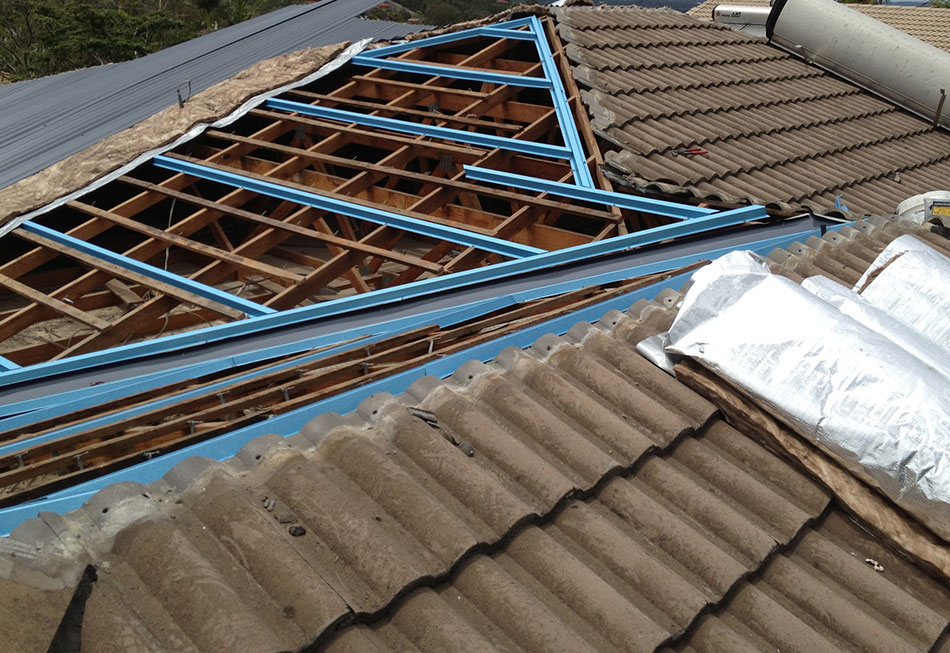
Tile to COLORBOND Roof Battens – Roof Frame Changes Required
If you are considering swapping out your old roof tiles for a sleek new COLORBOND steel roof, you need to be aware of everything that has to happen under your roof as well, and that includes tile to colorbond roof battens. It’s not as simple as pulling up tiles and laying down metal sheets.
Tile to COLORBOND roof batten replacement is almost always a necessary part of the job as well. Your battens are an integral part of the function and lifetime of your roof, so Vivify Roofing recommends that every new metal roof comes with new battens as well.
In this post, we’ll show you why battens are so important so that you can better understand how they fit into your roof replacement plans.
Contents:
- Benefits of Colorbond roofing
- Can you change a tiled roof to a metal roof?
- The purpose of roof battens
- Why we replace roof battens
- Types of roof battens
- Dangers of inadequate batten installation
Benefits of COLORBOND roofing
Why choose a steel roof? There are so many COLORBOND roof installation benefits that we actually wrote an entire article about them. But the primary advantages can be summed up as follows:
- COLORBOND roof sheets are nonporous and highly resistant to water.
- Metal roofs come in a wide variety of vibrant colours.
- They are easy to clean and unlikely to grow mould or mildew.
- They are an affordable choice due to energy efficiency, easy maintenance and long lifespan.
- They are durable enough to stand up to Australia’s harshest climates.
Roof battens are one of those frequently misunderstood and overlooked aspects of house construction – no1roofing
Can you change a tiled roof to a metal roof?
Absolutely! If your tile roof is wearing away or reaching the end of its lifespan, now is the perfect time to consider tile to tin re-roofing.
It’s a big process, but worth the effort in the long run. In addition to all of the benefits we listed above, steel roofs are about one twelfth the weight of tile roofs. That’s a major load off of your roof frame, walls and foundation!
What many homeowners don’t realise is that we can’t usually just pull up the tiles and lay down COLORBOND. You’ll also need new roof battens too. To understand why, let’s start by talking a little bit about what roof battens do.
The purpose of roof battens
The primary reason you need roof battens is so that your roofing material has something to be firmly attached to. However, in order to perform this function properly, your roof battens also serve to spread the weight of the roof out evenly. This way, your walls don’t collapse under the weight of your roof!
Battens also assist with weather protection. In extreme winds, properly installed battens keep your roof from blowing off in sections. Additionally, your battens help ensure that your roofing material is aligned appropriately to avoid letting water seep in during the rain.
Finally, roof battens help control condensation. Essentially, they create extra air space between your roof and rafters. When properly ventilated, the airflow allows any condensation that builds up under your metal roof sheets to disperse and dry out.
Why we replace roof battens
Professional roof replacement includes professional batten replacement. In most cases, this is non-negotiable in order to ensure the proper function of the new metal roof. Here are the primary reasons why we always replace tile to COLORBOND roof battens.
Roof longevity
The expected metal roof lifespan is fifty years or more. On the other hand, those timber battens that are securing your old tile roof will probably only last about 30 years total. If your tiles need replacing, odds are good that your battens do too. And, if they don’t yet, they probably will soon.
It would be gross negligence for us to install a 50 year roof on top of battens that only have 5 to 10 years of life left in them. New battens will let you get the longest life out of your COLORBOND roof.
Strength and durability
Old battens have already been nailed or screwed into once. Then, during tile removal, it’s entirely possible that many of those fasteners get pulled out, damaging the structural integrity of the timber even more.
Finally, when we screw the roof sheets to the battens and screw the battens to the roof sheets, we are just putting too much stress on the timber to expect it to still function at one hundred percent. And if your battens aren’t strong enough, your roof won’t hold up to high winds or other extreme weather.
Roof batten spacing for tile
Even if your battens still have a long life ahead of them and they are in tip top condition, they still won’t work for your new COLORBOND roof. The reason is simply because battens need to be spaced differently depending on your roofing material. With tile roofs, the maximum spacing between battens is 600mm.
Roof batten spacing for COLORBOND
For steel roofing, the batten spacing depends on the thickness of the roof sheets. Typically the maximum range falls within 1 to 1.2 metres—that’s up to double the spacing of your tile roof battens!
In plain language, tile roof battens won’t fit metal roofs.
Types of roof battens
Your tile to COLORBOND roof battens are available in several different types. We’ll have some suggestions for you based on our assessment of your existing roof structure, but the following guide will give you an overview of your most likely options.
Proper battens for any roof system are essential and must be of a high quality – Haggarty.com.au
Timber battens
Solid timber battens are probably what you have right now. They are the most common batten material and have supported the roofs of Australia for centuries.
Timber Batten Considerations:
- Typically the most affordable batten material.
- Compatible with any type of roof.
- Choosing the right wood is imperative. Softer woods might not hold fasteners as well under extreme winds.
Common Timber Batten Sizes:
- 90mm x 45mm
- 90mm x 35mm
- 75mm x 45mm
Metal battens
Metal battens are relatively new in roofing construction—at least compared to timber. Still, they’ve been used in Australian roofs for at least the last four decades.
Metal Batten Considerations:
- Slightly less affordable than timber.
- Significantly lighter in weight, but much stronger.
- Immune to rotting, warping, and termite infestation.
- Less room for error when it comes to precision of installation.
Common Metal Batten Sizes:
- Most metal battens use 0.55mm gauge steel and are 40mm in height.
Top hat battens
Top hats are a specific shape of metal roof batten. They are sort of shaped like (you guessed it) top hats. They share similar attributes to typical metal battens described above, but their unique dimensions allow for more efficient installation and a larger variety of applications.
Dangers of inadequate batten installation
Most homeowners don’t even know what battens are, so it can be difficult to grasp the importance of professional installation using quality materials. Your battens ensure that your roof is structurally sound and properly fit to your home. If they can’t do their job right, you should expect some or all of these problems somewhere down the road:
Wind uplift. We mentioned the danger of high winds already, but let’s get into the science of it a bit. When strong winds blow parallel to your roof, it creates an imbalance of air pressure. The air pressure above your roof drops significantly lower than the pressure beneath your roof. This results in a dangerous phenomenon known as wind uplift, which could potentially rip an entire roof off if the battens aren’t strong and secure.
Battens can help your home withstand harsh weather conditions, including heavy rain. – Medium.com
Condensation and mould. Since battens provide room for condensation to dissipate, poor batten installation means all of that water could hang out in your roof system. Over time, the combination of heat and humidity trapped in your roof can breed mould, which could slowly spread to the insulation before moving on to other parts of your house.
Poor temperature control. Your roof is the first line of defense against the heat from solar rays. Combined with sarking and insulation, your roofing system prevents thermal energy from transferring through conduction, radiation and convection. Poorly installed battens are going to mean that roof sheets are out of alignment, and all of the other means of insulation will follow suit. For you, this means hotter summers, colder winters and higher energy bills.
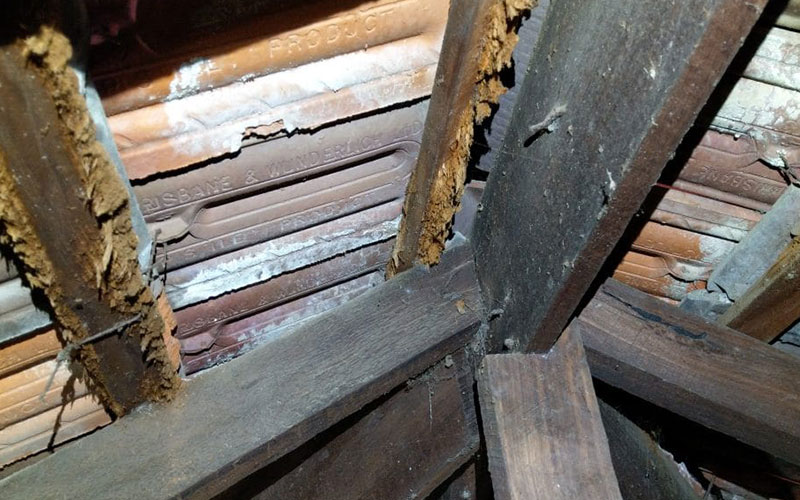
Leaks. Speaking of misaligned roof sheets, it doesn’t take much of a gap to let water in. Because they form the frame of your COLORBOND roof, battens are crucial to proper alignment. Even if the roof appears watertight at first, amateur batten installation increases the chances of sheets slipping out of place as the roof is exposed to stress over time.
Shortened roof lifespan. As you can see, shoddy battens means that your roof will more quickly succumb to wind and water damage. Combined with slowly slipping out of alignment, all of these factors can significantly reduce the total life of your COLORBOND roof. It’s a shame when a roof that should last 50 years or more is cut short by something as fundamental as battens.
Hire Vivify for quality tile to COLORBOND roof batten replacement
All of these dangers and more can be avoided when you call on a trusted team of professional roofers. Vivify Roofing has fifteen years of experience with roof replacements, tile to tin conversions, tile to colorbond roof battens and all things roofing.
Contact us today or try our online roofing cost form to get your project started right!

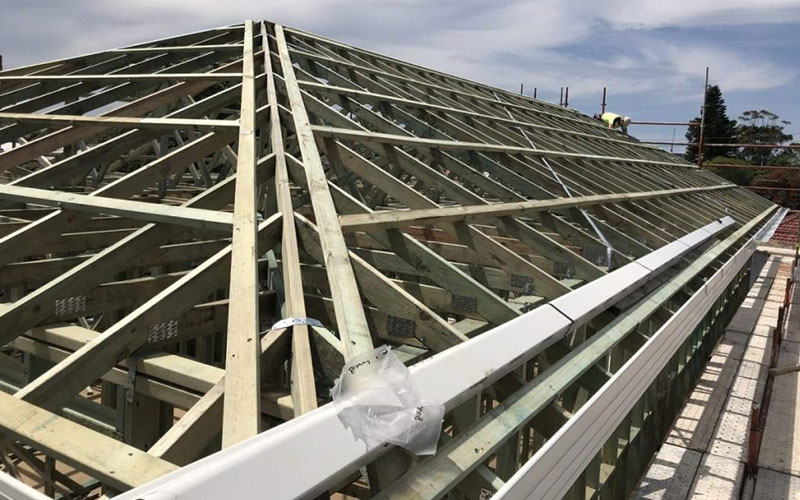
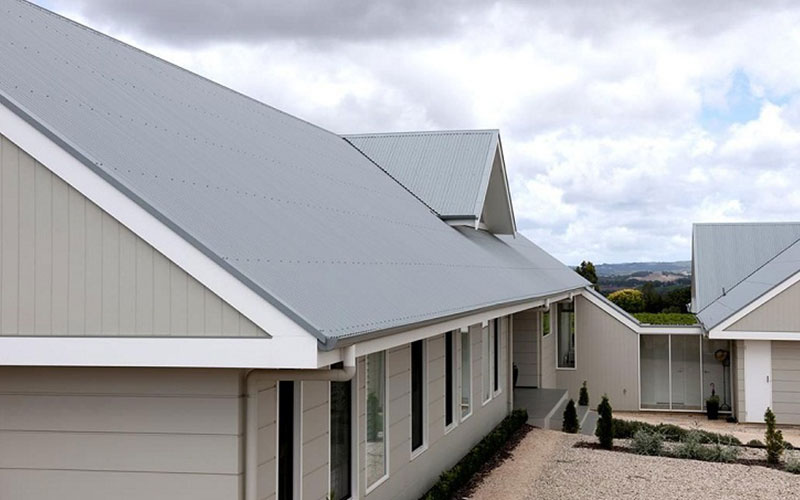

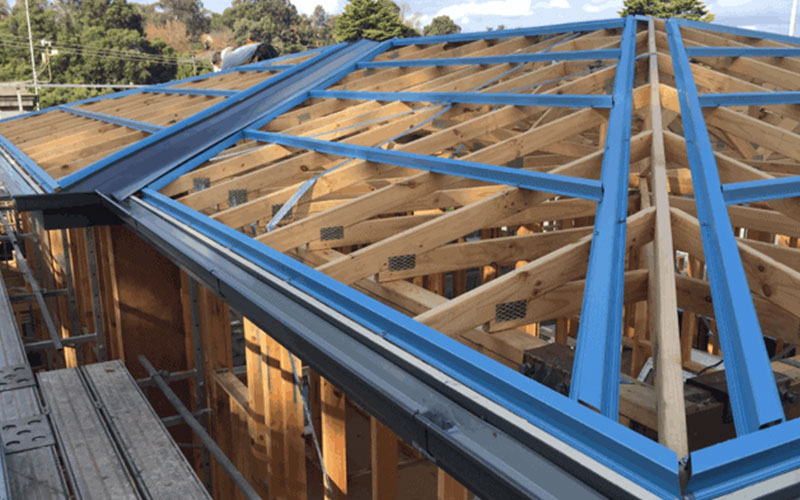
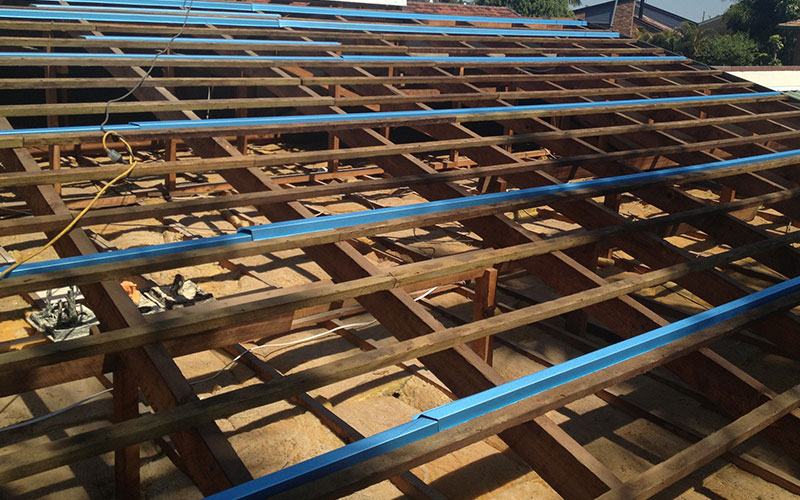
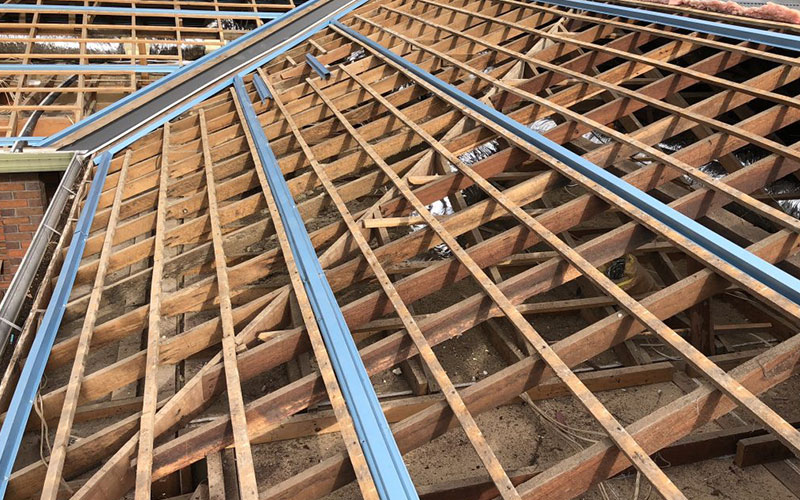
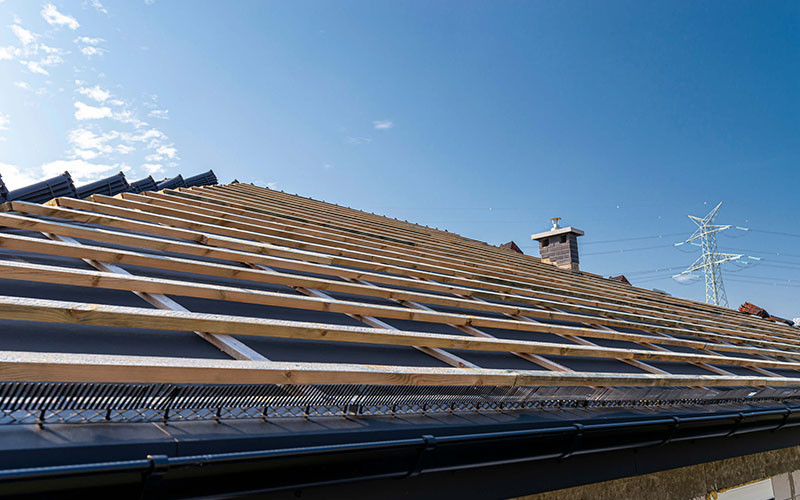
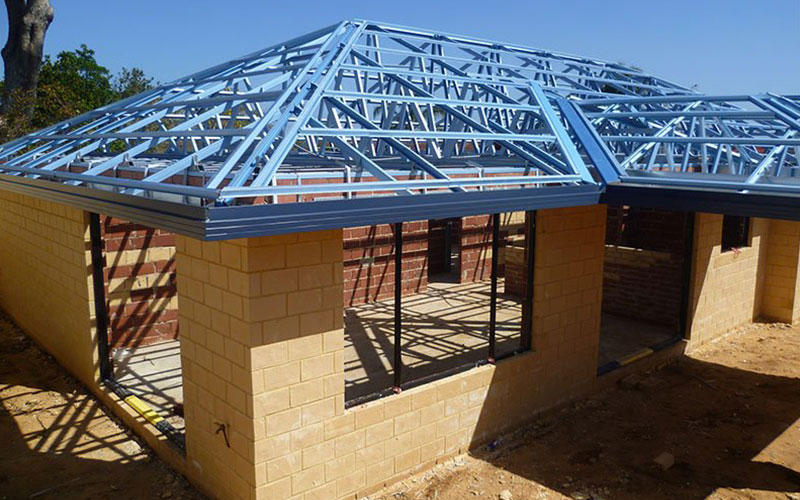
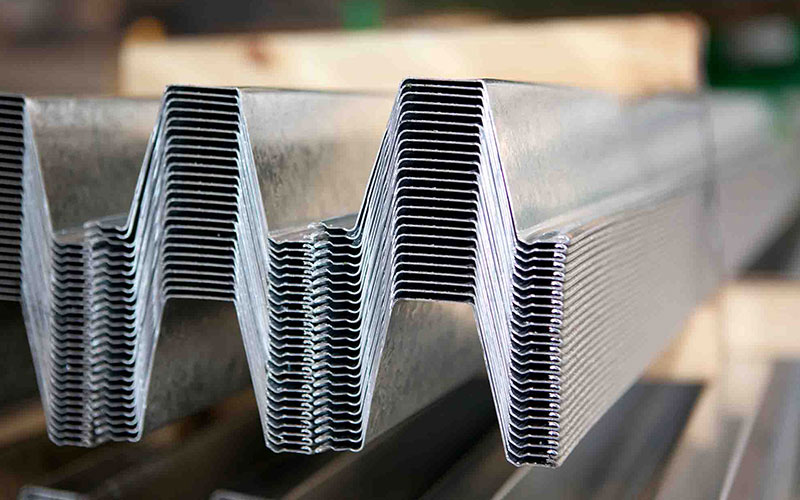
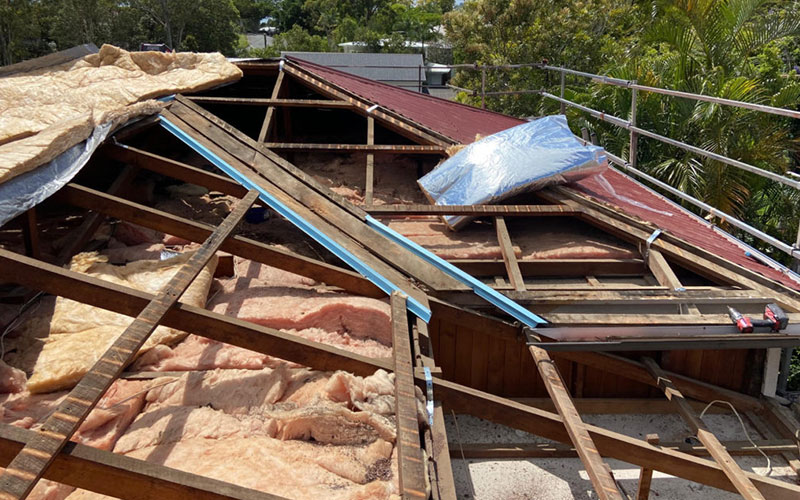

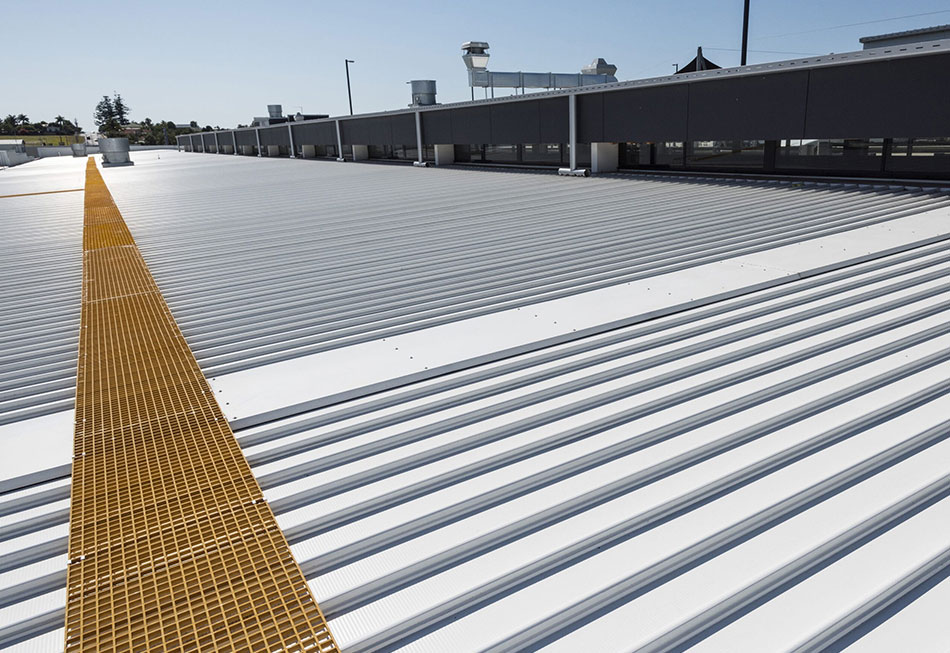
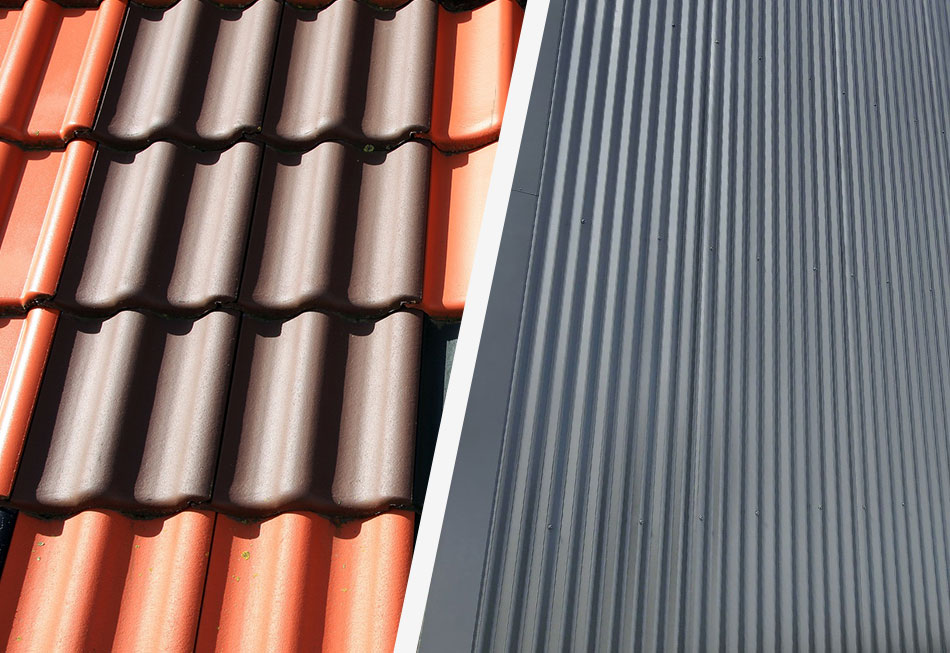

This Post Has 0 Comments